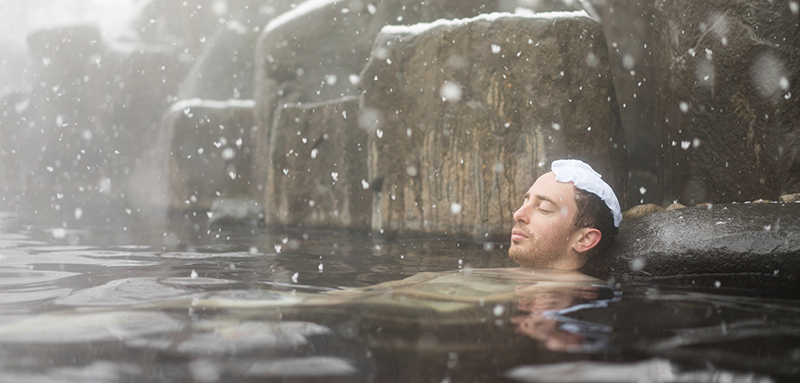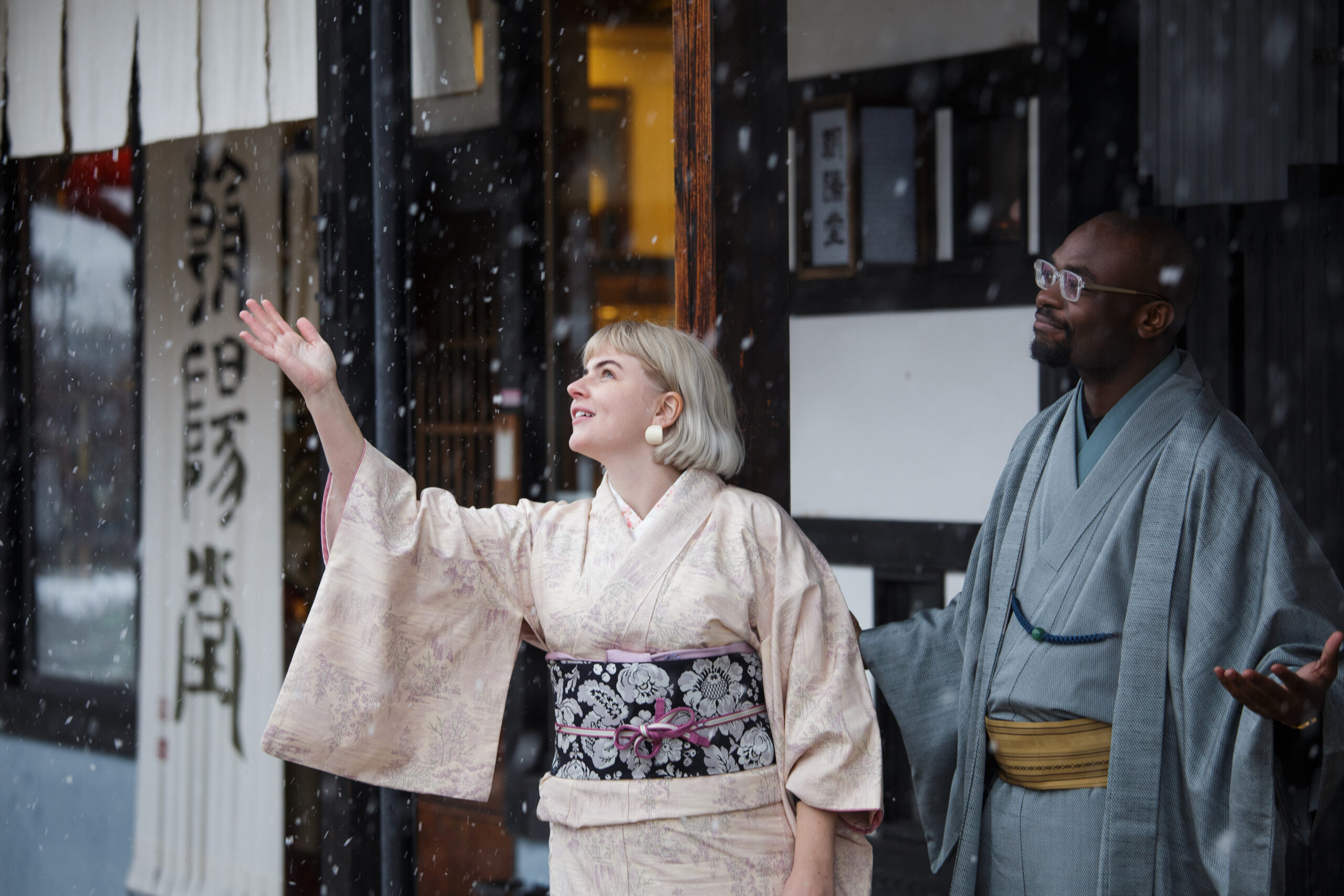
The Jomon Legacy: A 10,000-Year Journey of Sustainable Living
Throughout world history, civilizations have risen, flourished, and fallen. Even the Yellow River civilization, which endured longer than any other major ancient civilization, lasted only 3,300 years. Yet, remarkably, the Jomon period in Japan persisted for over 10,000 years, achieving an unprecedented harmony with the natural environment.
This profound connection with nature is reflected in modern Japanese language, particularly in its rich collection of onomatopoeia describing natural phenomena. The Japanese language captures nature’s sounds with remarkable precision: “shin-shin” describes the quiet falling of snow, “jabu-jabu” represents water overflowing, “miin-miin” echoes the sound of cicadas, and “sara-sara” mimics the gentle flow of a river. This abundance of nature-related onomatopoeia is believed to be a linguistic legacy of the Jomon period, reflecting over 10,000 years of living in harmony with the natural world.
YUKIGUNI: Preserving Traces of Jomon Culture
YUKIGUNI, Japan’s renowned snow country, has yielded remarkable archaeological treasures from the Jomon period. Most notably, the region is home to the National Treasure “Flame-style pottery” (Kaen-doki), whose intricate designs suggest ceremonial use. Numerous Jomon sites have been discovered along the Shinano River, indicating established settlement patterns.
Archaeological evidence reveals fascinating insights into Jomon community life. Their settlements typically featured houses arranged in a circular pattern, with entrances facing inward toward a central space – a design suggesting close-knit community living. In YUKIGUNI, where winter snowfall could reach depths of three meters, the Jomon people developed remarkable survival strategies. They learned to preserve food using snow and developed hunting techniques that involved tracking footprints in the snow. Some prominent archaeologists theorize that the elaborate designs of the flame-style pottery may have evolved during long winter periods when deep snow encouraged profound contemplation and artistic expression.
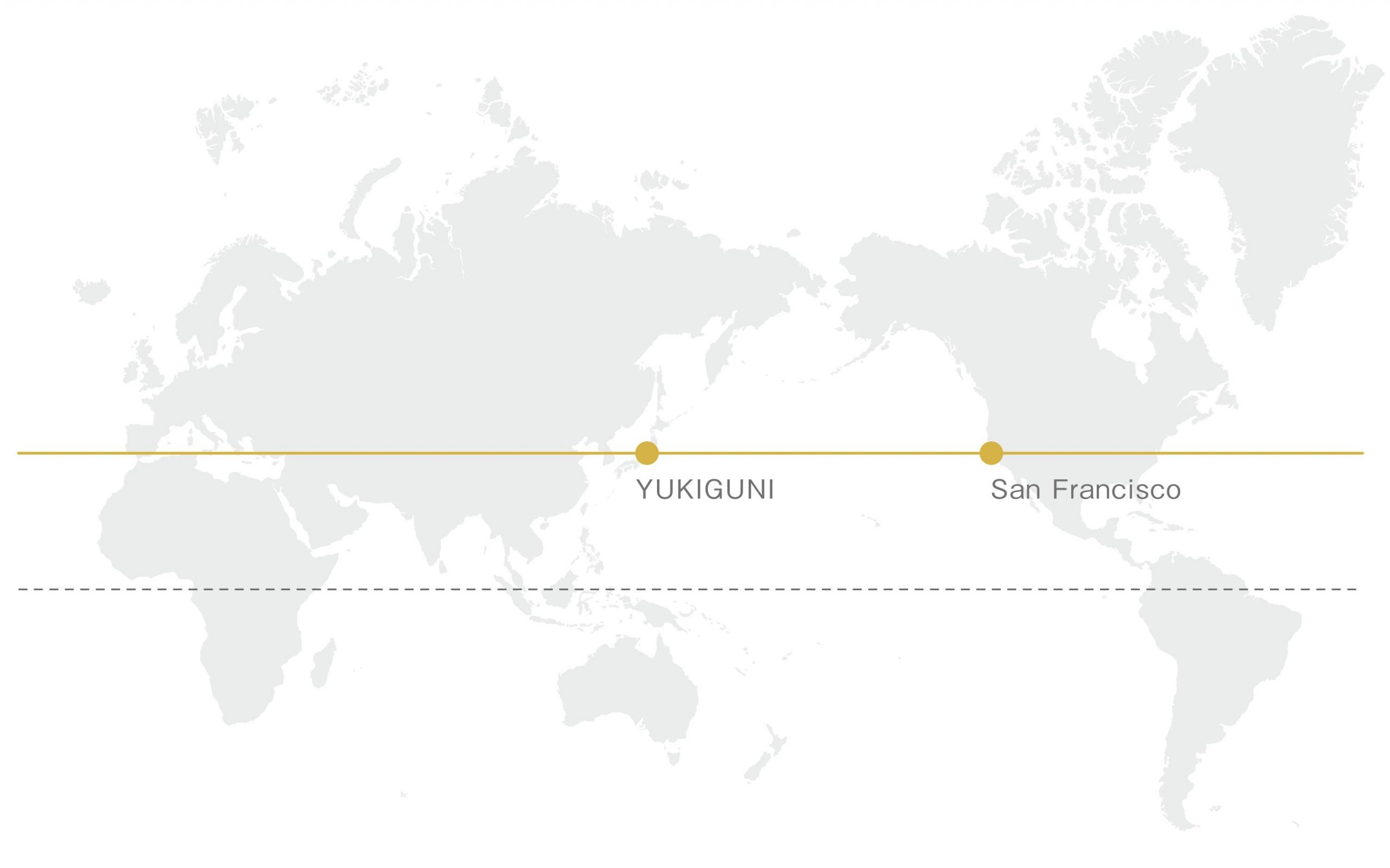
Climate and Geography: A Unique Environment
YUKIGUNI shares the same latitude – 37 degrees north – with San Francisco, yet these regions could hardly be more different. While San Francisco enjoys mild temperatures year-round, YUKIGUNI experiences dramatic seasonal changes and massive snowfall. This distinctive climate emerged about 8,000 years ago when warm ocean currents began flowing into the Sea of Japan, creating the unique weather patterns that continue today.
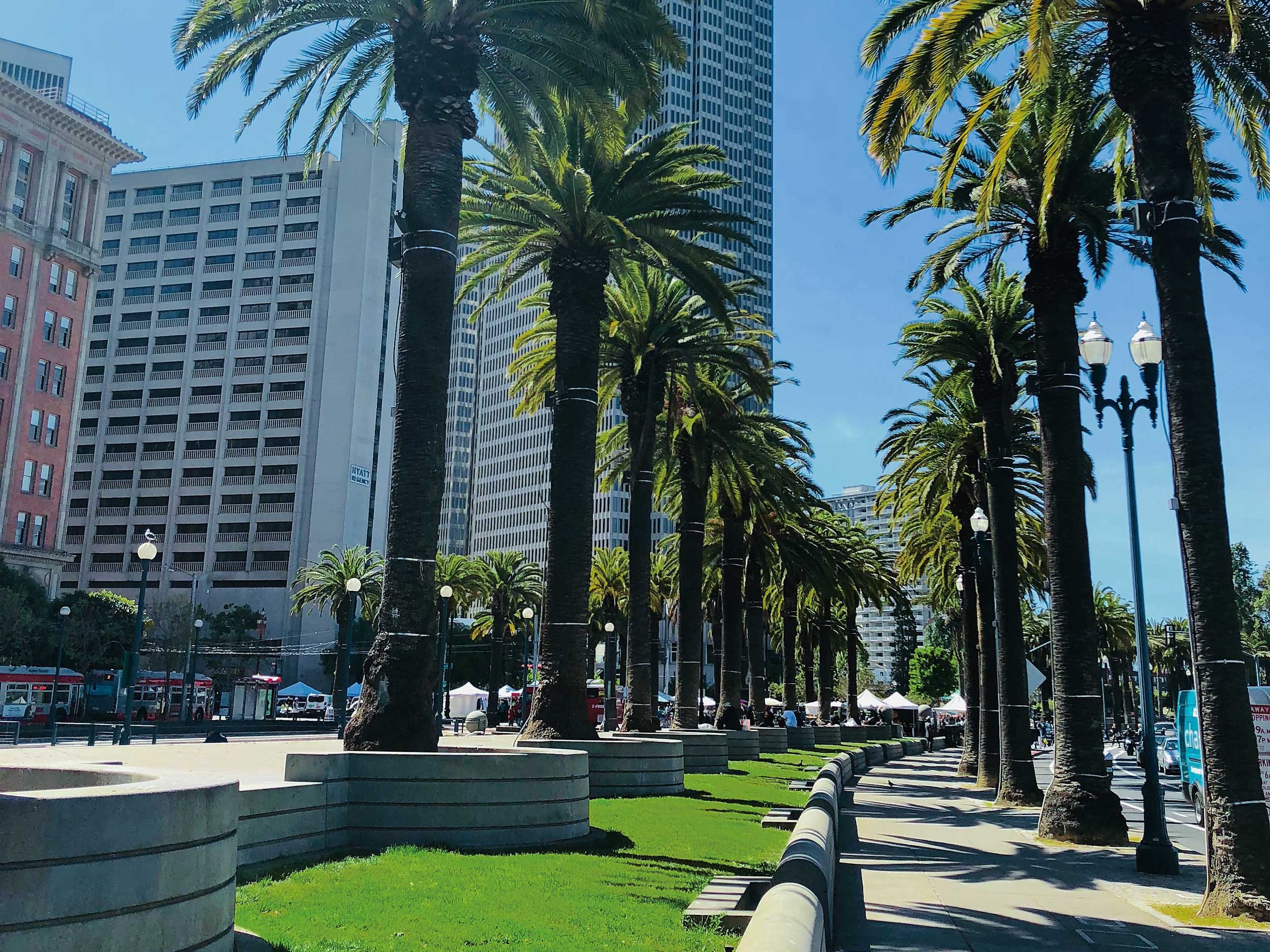
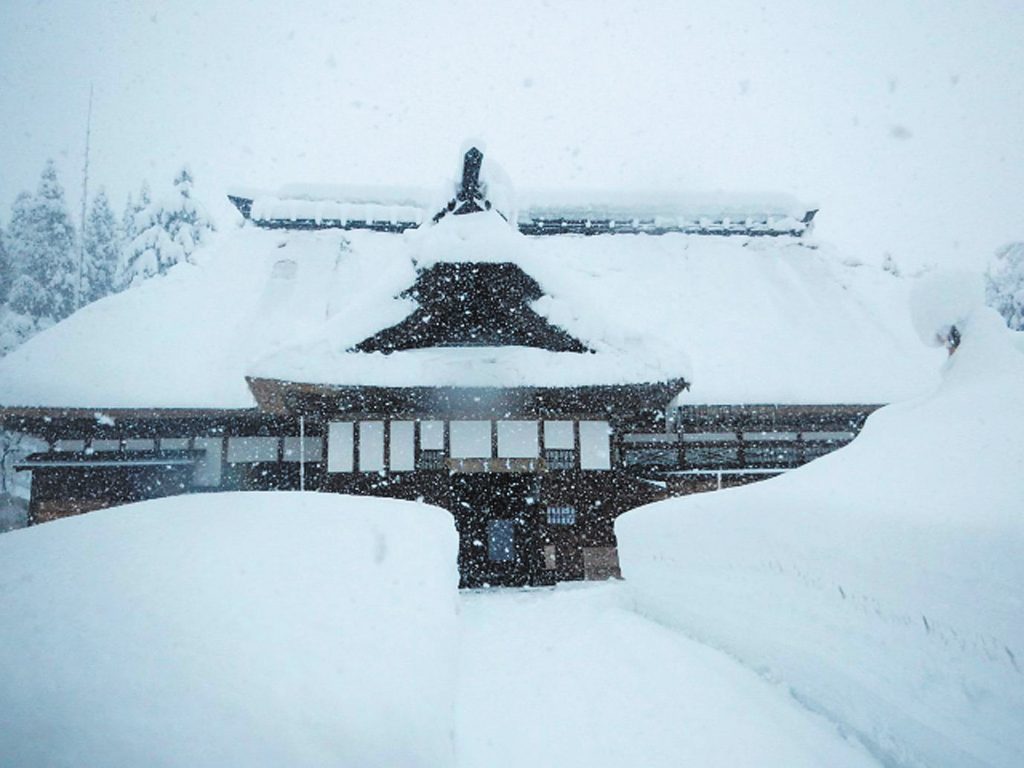
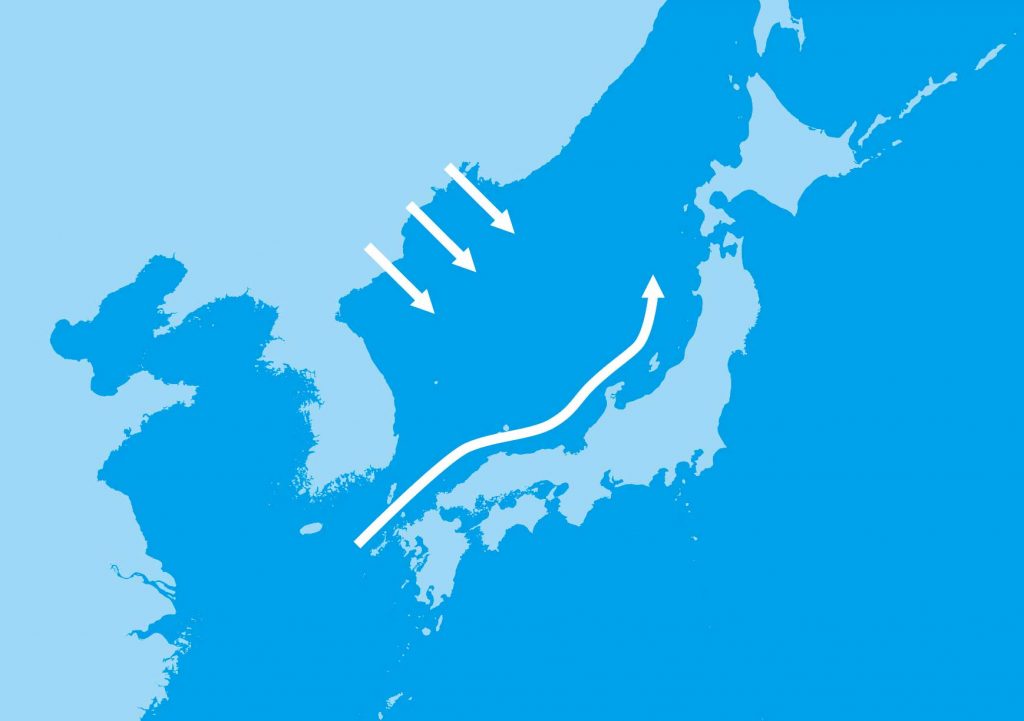
Lessons for Modern Times
The Jomon period offers valuable insights for our contemporary world. Archaeological evidence shows that Jomon-era human remains have significantly fewer weapon-related injuries compared to other historical periods, suggesting a relatively peaceful society. This, combined with their remarkable 10,000-year survival, indicates a culture that successfully managed limited resources while maintaining social harmony.
In our current era, marked by ongoing conflicts and pressing challenges like climate change and resource depletion, the Jomon legacy becomes increasingly relevant. Their sustainable lifestyle and peaceful coexistence offer crucial lessons for modern society. As we grapple with questions of sustainability and social harmony, the wisdom of the Jomon people – their ability to live in balance with nature and each other – provides a compelling model for reflection and inspiration.
This enduring culture demonstrates that long-term sustainability is possible through careful resource management and social cooperation – a message that resonates powerfully in our contemporary world as we face our own environmental and social challenges.

